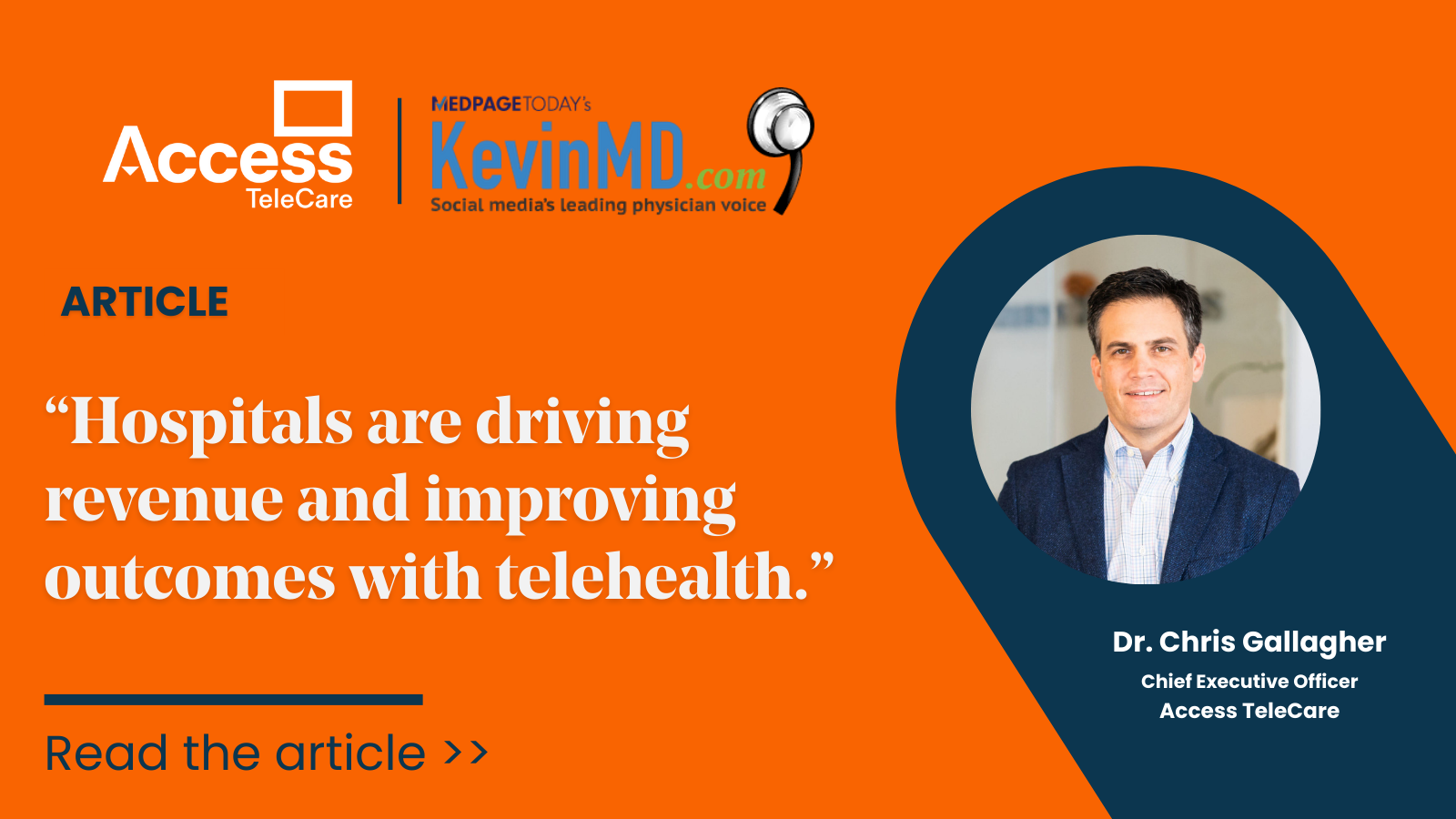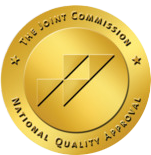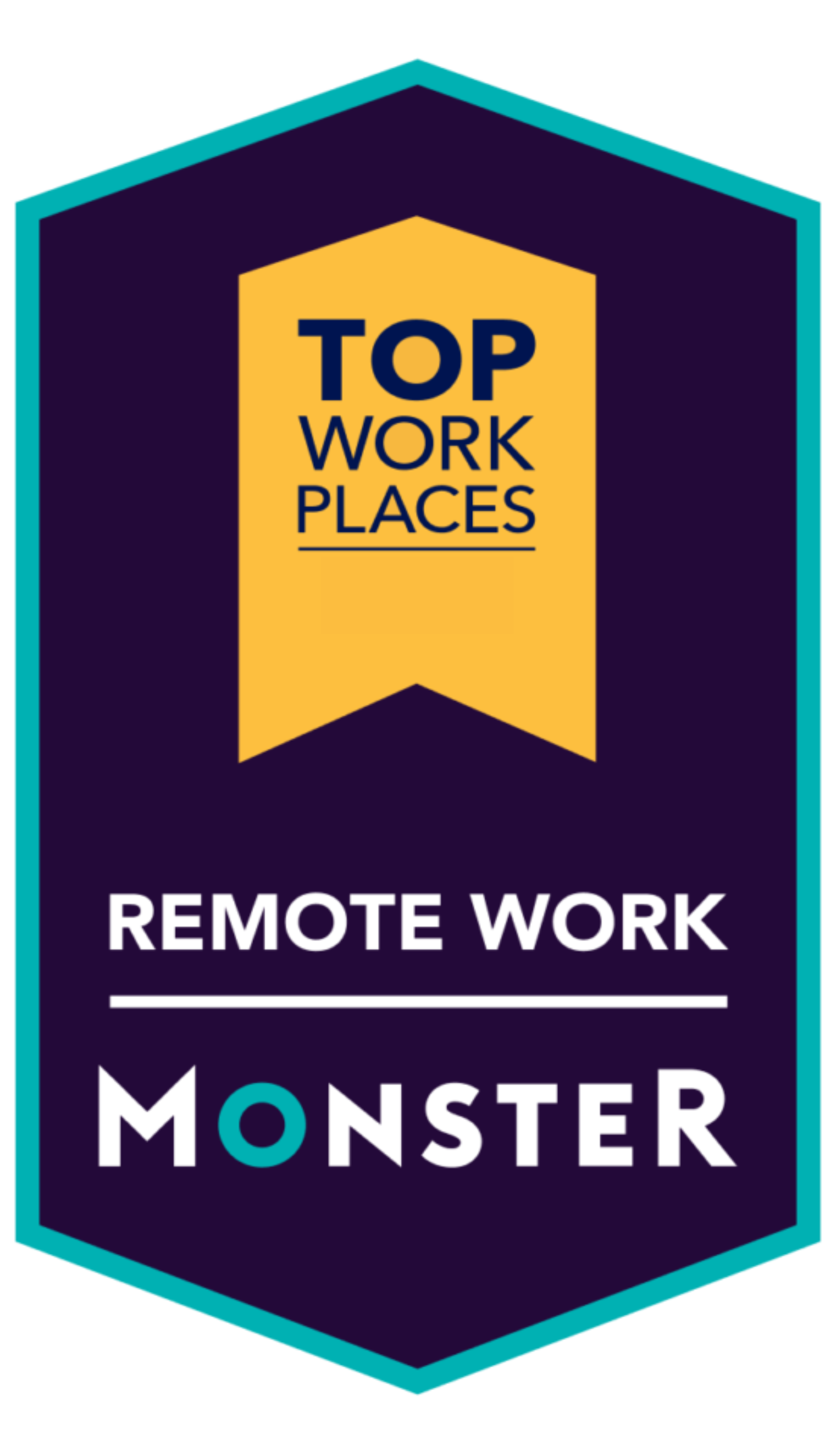Over the last decade, healthcare leaders experienced some measure of success in decreasing patient length of stay, but due to variability, the most effective and impactful hospital leaders remain vigilant to optimize LOS through ongoing clinical partnerships. Length of stay is an outcome area where Access TeleCare’s suite of specialty telemedicine programs have a strong track record of improving operations and treating patients for an optimized discharge.
A recent article in Becker’s Hospital Review highlighted several key length of stay statistics and areas of focus hospital leaders are monitoring. Take a closer look at a few of those key areas below and see how Access TeleCare’s telemedicine programs help hospitals of any size optimize length of stay and enhance patient care.
Key Stat:
- Lowering length of stay by one day could reduce costs for a 425-bed hospital by $20 million over a single year, assuming an average margin of $4,500 per admission, according to analysis from Kaufman Hall.
With timely and consistent access to specialty medicine experts, hospitals can reduce length of stay by much more than a single day. For one patient who contracted an infection while on vacation in South Carolina, Access TeleCare’s teleInfectious Disease experts transformed what was initially thought to be a six-week hospital stay into one that lasted just a few days. The patient avoided a lengthy stay in a hospital far from home and the hospital created additional capacity to treat other patients.
Learn more about this patient’s success story >>
Area of Focus: ED Boarding and Length of Stay
- ED boarding has become a significant area of focus for hospital leaders seeking solutions to reduce length of stay for their patients. A recent analysis from the California Hospital Association found that the state’s hospitals provided approximately 1 million days of unnecessary inpatient care and 7.5 million hours of wasted emergency department care in 2023.
Long wait times and ED boarding times affect patients in the ED and reduce capacity for care teams to provide care outside of the ED as well, increasing length of stay in the ED and for inpatient care simultaneously.
When CaroMont Regional Medical Center, a 476-bed acute care facility in North Carolina, launched a behavioral health telemedicine program with Access TeleCare, the hospital drastically reduced length of stay by 70 percent for psychiatric patients and created additional capacity by opening more beds for inpatient care.
Download the case study and see the program in action at CaroMont Regional >>
Area of Focus: Length of Stay and Increasing Capacity
- A recent McKinsey poll highlighted just how high of a priority reducing length of stay has become for hospital leadership. The poll, which included 100 academic medical centers, found that 85 percent of respondents identified length of stay as a continued area of focus, with an additional 12 percent noting the measure as a newer area of focus for their organizations. 41 percent marked length of stay as the performance area with the greatest potential for untapped margin improvement.
Access TeleCare’s telemedicine programs help hospitals reduce length of stay across all of its specialty medicine service lines. When UnityPoint Health launched behavioral health and teleNeurology programs across multiple hospitals and regions, its average length of stay fell by 11.8 hours for behavioral health patients, and it’s neurology revenue increased by more than 300 percent as the increased capacity enabled the hospital to treat more patients quickly.
Explore the case study and see more results from the partnership with UnityPoint Health >>
Reducing Length of Stay with Telemedicine
Access TeleCare’s telemedicine programs enable hospitals of any size to optimize length of stay, regardless of the hospitals’ location or the availability of in-person specialists.
When a pair of hospitals in the same health system lost their only on-site nephrologist to retirement, the hospitals launched a teleNephrology program with Access TeleCare and reduced length of stay for nephrology patients by 36 percent. This was accomplished alongside a 24 percent increase in the hospitals’ retention rate for patients with highly complex diagnoses.
In Louisiana, a 300-bed hospital launched a teleInfectious Disease program to better treat patients with complex infectious diseases and diagnoses. Access TeleCare’s program helped the hospital achieve a 10 percent reduction in length of stay, with expert availability and boosted capacity pushing the hospital toward a 25 percent increase in all-payer revenue in just the program’s first year.
Our hospital partners prove time and time again that Access TeleCare telemedicine programs reduce length of stay for even the most acute and complex diagnoses, across all of our specialty telemedicine services.
Contact us to learn more about our telemedicine programs and see how Access TeleCare helps hospitals optimize length of stay and transform increased capacity into improved retention rates, sustained revenue increases, and a higher level of local, specialty care for their patients.









